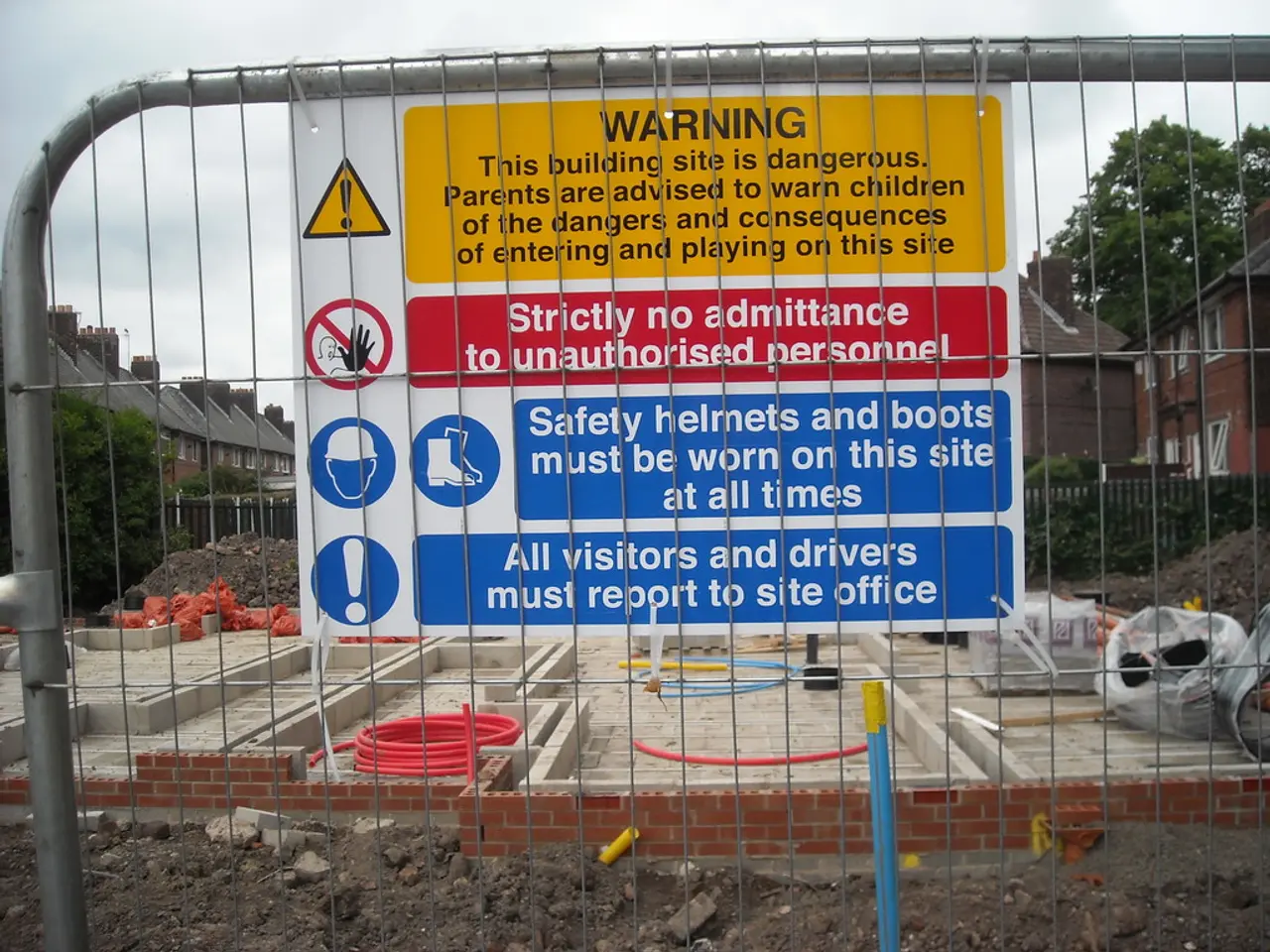Overcoming the stalemate in municipal growth and progress
In a bid to address the persistent undersupply of developable land and meet housing demand, innovative partnerships between public and private sectors are proving to be a game-changer. These collaborations can turnaround disused land and deliver much-needed homes without allowing politics to dictate the timing of housing development.
Public-private partnerships (PPPs) can help address the undersupply of land for development by leveraging the complementary strengths of public sector land ownership and private sector investment, expertise, and delivery capacity. With financial challenges faced by UK local authorities, who often have limited budgets and borrowing capacity to fund large-scale development projects alone, PPPs offer a promising solution.
Key ways PPPs help include:
- Unlocking and repurposing surplus or underutilized public land. Examples include railway land or council-owned sites, which might otherwise remain idle due to the costs and complexities of development. The UK government's launch of Platform4, a government-owned property company, to dispose of surplus railway land and attract private investment to build up to 40,000 new homes is a testament to this approach[1].
- Pooling resources and sharing risk. Local authorities collaborate with private developers and investors who bring capital and project management skills, helping overcome funding shortages by unlocking private finance that local authorities cannot mobilize on their own.
- Delivering integrated regeneration schemes that combine housing with infrastructure, jobs, and community facilities to create vibrant neighborhoods. The TwelveTrees Park regeneration in London is an example where a PPP has delivered affordable homes, improved local infrastructure, and connected communities[5].
- Creating strategic partnerships with multiple stakeholders, including government bodies, developers, investors, and local communities, to align objectives and streamline development processes. The London Growth Plan envisages a Growth Mission Board involving public and private sector representatives to oversee equitable and sustainable growth through such partnerships[4].
- Addressing fragmented land ownership and inefficiencies by bringing together various public entities under unified structures to improve land disposal, attract investment, and accelerate delivery at scale and pace[1].
In summary, PPPs enable local authorities in the UK to overcome financial constraints by unlocking public land assets, attracting private investment, sharing development risks, and delivering large-scale housing and regeneration projects more efficiently than they could alone[1][3][5]. This collaboration is essential to tackling the persistent undersupply of developable land and meeting housing demand.
The potential for PPPs, particularly for brownfield sites in city centers, is considerable, especially if local authorities are allowed to buy land for housing through compulsory purchase. The private sector addresses the issue of short-term housing development due to local political cycles. PPPs combine publicly owned land, local authorities' understanding of locations, and private sector expertise, financing, and risk-taking.
Successful examples of PPPs can be found in the West Midlands, specifically in Coventry, Nuneaton, and Warwick. However, challenges remain, such as the differences in approach between the public and private sectors, one of which is legacy. Local authorities require a good return on their landholdings during and after development.
In 2023, the Department for Levelling Up, Housing and Communities (DLUHC) handed £1.9bn of housing funding back to the Treasury due to a lack of projects to spend it on, highlighting the need for more effective partnerships to move forward. Carter Jonas, with a history of working for both large-scale private landowners and public sector, has played a role in the evolution of legacy-inspired development.
These collaborations offer a promising path forward in addressing the UK's housing and land development challenges, paving the way for sustainable, integrated, and efficient urban regeneration.
- Public-private partnerships (PPPs) can contribute to sustainability by pooling resources and sharing risk, allowing local authorities to repurpose surplus public land, such as council-owned sites, for housing development, and deliver integrated regeneration schemes that include community facilities, creating vibrant, self-developing communities.
- To foster education-and-self-development within the community, PPPs can address the persistent undersupply of developable land by creating strategic partnerships with multiple stakeholders, including government bodies, developers, investors, and local communities, which can help streamline development processes and align objectives, leading to equitable and sustainable growth.




